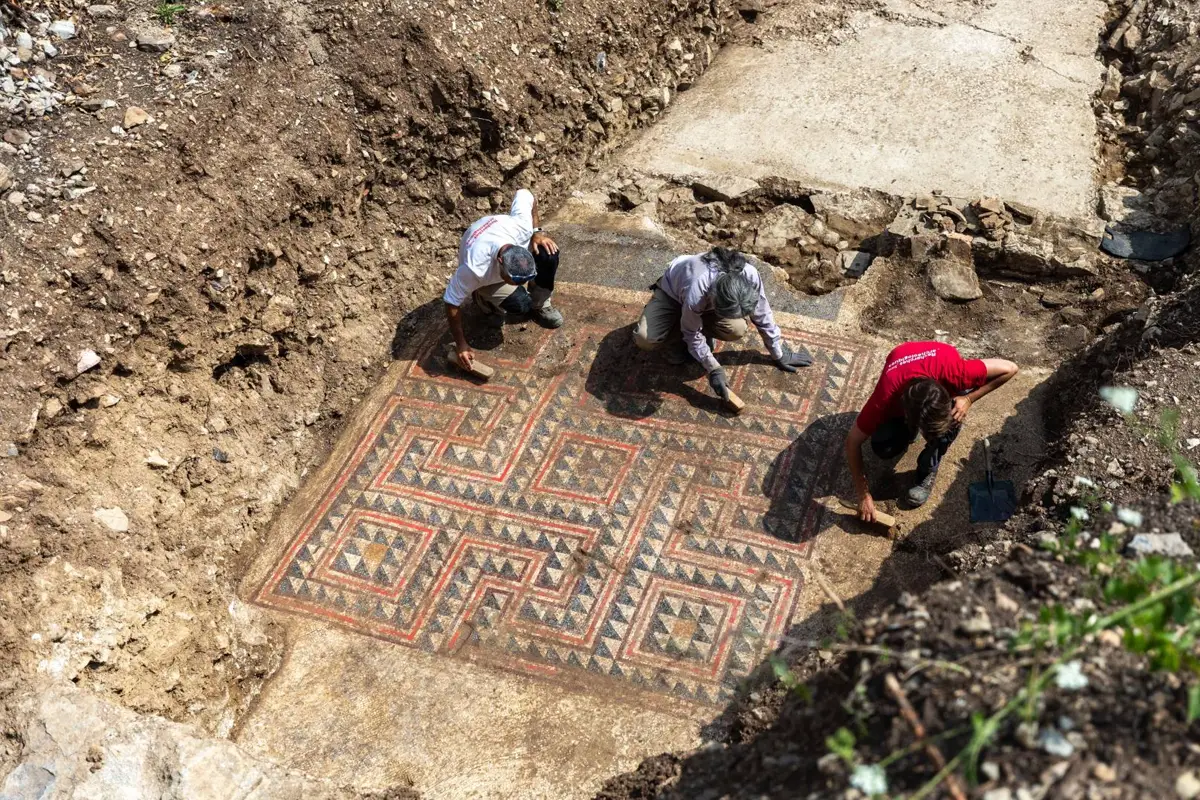In an exciting archaeological find, 35 glass bottles from the 18th century have been unearthed at George Washington's Mount Vernon during a mansion revitalization project. Most of these bottles contain perfectly preserved cherries and berries, providing a unique glimpse into historical preservation methods and daily life in the era. The discovery not only sheds light on the dietary habits of the time but also offers valuable insights into the culinary practices and food storage techniques used by one of America's founding figures.
Significance of the Discovery
This remarkable find adds a rich layer to our understanding of 18th-century life at Mount Vernon. The preserved fruits inside the bottles suggest that they were likely intended for consumption during the off-season, showcasing early methods of food preservation. This practice would have been essential for ensuring a stable food supply throughout the year, reflecting both the ingenuity and resourcefulness of the period.
Archaeological Insights
The condition of the bottles and their contents provides a rare opportunity for researchers to study the materials and techniques used in glass production and food preservation during the 1700s. The fact that the cherries and berries are perfectly preserved offers clues about the sealing methods and environmental conditions that contributed to their longevity. This discovery could lead to further investigations into the storage practices of the era, providing a more comprehensive picture of daily life at Mount Vernon.
Visitor Experience and Educational Value
For visitors to Mount Vernon, this discovery enhances the historical narrative presented at the site. It brings to life the everyday activities that would have taken place within the mansion, making the history of George Washington and his household more tangible and relatable. The bottles and their contents are expected to be displayed as part of the ongoing efforts to educate the public about the rich history of Mount Vernon.





Conclusion
The unearthing of these 18th-century glass bottles filled with preserved cherries and berries at George Washington's Mount Vernon is a significant archaeological find. It offers a fascinating insight into the food preservation methods of the time and enriches our understanding of daily life in the 18th century. As research continues, these artifacts will undoubtedly provide valuable information for historians and the public alike, further illuminating the legacy of America's first president and his household.








